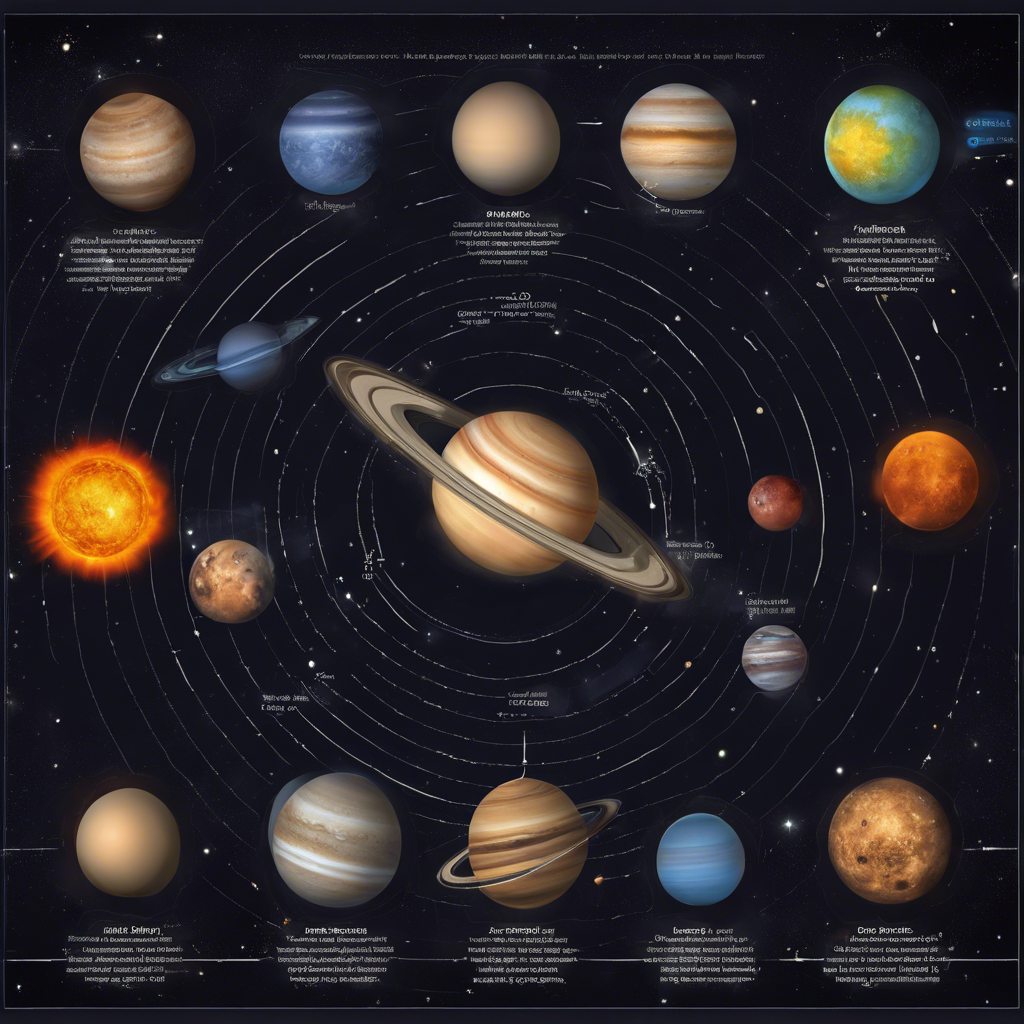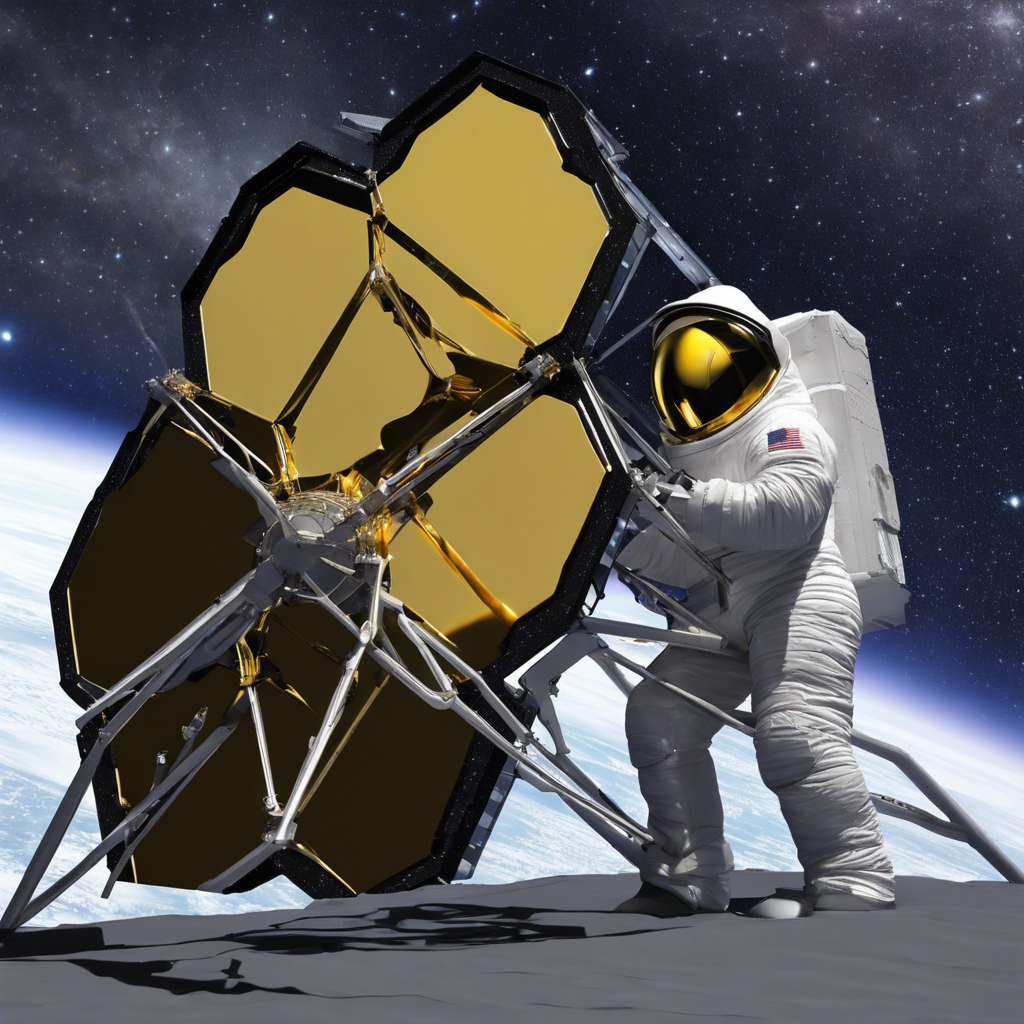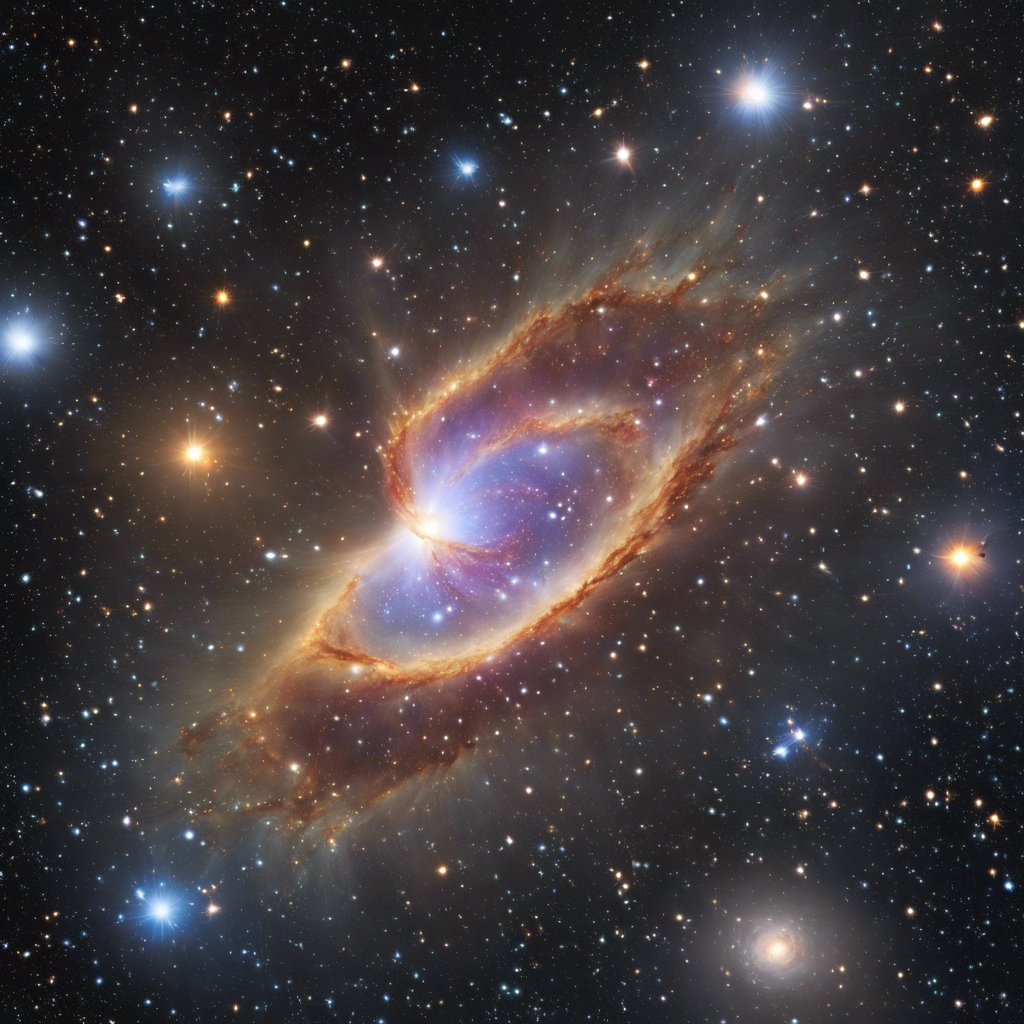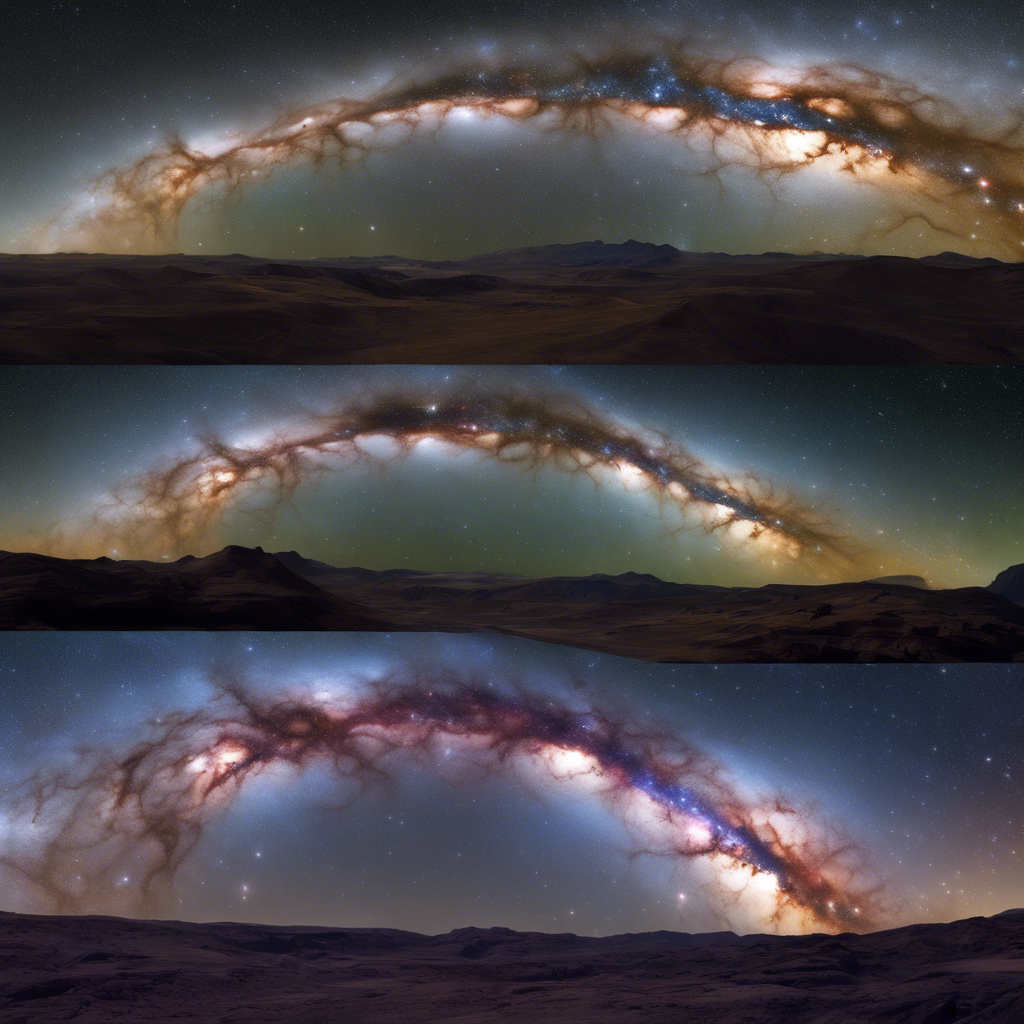Astronomers discover a perfectly synchronized solar system, offering insights into the birth and evolution of planetary systems.
In a groundbreaking discovery, astronomers have stumbled upon a unique solar system where six planets move in perfect harmony, resembling a grand cosmic symphony. Situated 100 light-years away in the constellation Coma Berenices, this rare find has the potential to unlock the secrets of how solar systems throughout the Milky Way came into existence. The observations that led to this revelation were made possible by the combined efforts of NASA’s Tess and the European Space Agency’s Cheops satellites. The planets’ synchronous orbit provides a glimpse into the early stages of solar system formation, shedding light on the origins of our own celestial neighborhood.
The Perfect Synchrony of Planets:
The synchronized movements of the six planets in this solar system have captivated astronomers, offering a glimpse into the past. According to Derrick Pitts, the chief astronomer at Philadelphia’s Franklin Institute, this discovery provides a rare example of how researchers believe solar systems are born. The planets’ perfect synchronous orbit presents an opportunity to gain insight into the dynamic conditions of the early solar system, both in this distant system and potentially in our own. By studying solar systems like this, scientists hope to unravel the mysteries surrounding the formation and evolution of our own solar system.
A Glimpse into the Early Solar System:
The untouched nature of this solar system allows researchers to engage in forensic astronomy, reconstructing the conditions and dynamics of the early solar system. Pitts emphasizes that our current solar system looks drastically different from its original state, making it challenging to understand its early dynamics. However, by examining solar systems like this one, where planets are in perfect synchronicity, scientists can gain valuable insights into the processes that shaped our own solar system billions of years ago.
The Unique Characteristics of HD 110067:
HD 110067, the star hosting this remarkable solar system, may harbor additional planets yet to be discovered. The six planets identified thus far are two to three times the size of Earth, with densities resembling the gas giants in our own solar system. Most of the planets are smaller than Neptune and have orbits ranging from nine to 54 days, placing them closer to their star than Venus is to the sun. These close proximity results in scorching temperatures on these gas planets. While their solid cores are believed to consist of rock, metal, or ice, further observations are needed to determine the composition of their atmospheres.
Resonance and Orderly Movements:
What sets this solar system apart is the precise synchronization of the planets’ movements, akin to a perfectly orchestrated symphony. In technical terms, this phenomenon is known as resonance, characterized by a highly orderly pattern. The innermost planet completes three orbits for every two by its closest neighbor, a pattern mirrored by the second- and third-closest planets, as well as the third- and fourth-closest planets. The two outermost planets complete four orbits for every three, while the innermost planet completes six orbits in the same time the outermost completes one. This synchronization offers a glimpse into the early stages of solar system formation, with scientists positing that all solar systems, including our own, began in a similar manner.
The Rarity of Synchrony:
While it is believed that all solar systems start out in synchrony, only a small fraction manage to retain this order over billions of years. Factors such as giant planets, meteor bombardments, close encounters with neighboring stars, and other disturbances can disrupt the delicate balance. Although astronomers have identified approximately 40 to 50 in-sync solar systems, none possess as many planets in such perfect harmony or orbit a star as bright as HD 110067. This exceptional discovery presents a golden opportunity for comparison and study.
Conclusion:
The remarkable discovery of a perfectly synchronized solar system with six planets offers astronomers a unique window into the formation and evolution of planetary systems. By studying this untouched celestial arrangement, researchers hope to gain valuable insights into the early dynamics of our own solar system, which has undergone significant changes over billions of years. This rare find provides astronomers with a golden target for comparison, enabling them to unravel the mysteries of how solar systems, including our own, came to be. As scientists continue to explore the cosmos, discoveries like these bring us closer to understanding our place in the vast universe.











